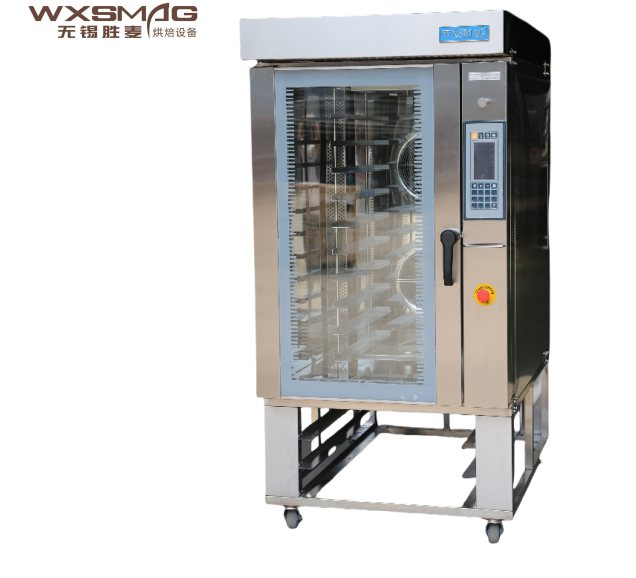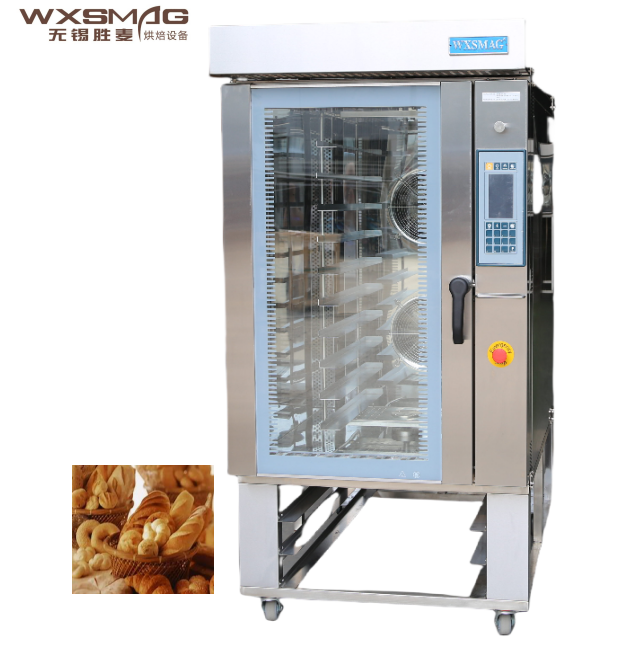What are the main applications of hot air ovens in industrial settings?
Hot air ovens, known for their ability to deliver consistent, controlled heat through forced air circulation, are workhorses in industrial environments. Unlike conventional ovens, their design—featuring fans, precision thermostats, and uniform airflow—makes them indispensable for processes requiring accuracy, repeatability, and efficiency. From curing coatings to drying delicate components, hot air ovens play a critical role in diverse industries, ensuring quality, safety, and productivity. Let’s explore their key applications across industrial settings.
Manufacturing and Metalworking: Curing, Annealing, and Drying
In manufacturing, hot air ovens are vital for transforming raw materials into finished products, particularly in metalworking and surface treatment.
Powder Coating Curing: After metal parts (e.g., automotive frames, machinery components) are coated with dry powder, hot air ovens bake them at 350–450°F (177–232°C). The forced air ensures the powder melts, flows, and cures evenly, forming a durable, corrosion-resistant finish. Without the uniform heat of hot air ovens, coatings might bubble, crack, or adhere unevenly, compromising product quality.
Annealing and Stress Relieving: Metals like steel or aluminum often undergo annealing—heating to high temperatures (600–1,200°F/315–649°C) and cooling slowly—to reduce brittleness. Hot air ovens precisely control temperature ramps and hold times, ensuring consistent results. For example, aerospace manufacturers use hot air ovens to anneal turbine blades, relieving internal stresses from machining and ensuring they withstand extreme engine temperatures.
Drying Metal Parts: After cleaning or plating, metal components must be thoroughly dried to prevent rust. Hot air ovens circulate warm air (150–200°F/66–93°C) to evaporate moisture quickly, even in hard-to-reach crevices (e.g., bolt holes, welded joints). This step is critical in industries like automotive, where leftover moisture can cause premature failure of parts.
Electronics and Semiconductor Industry: Precision Heating
The electronics sector relies on hot air ovens for processes demanding microscopic accuracy, where temperature variations of even a few degrees can ruin components.
PCB Drying and Curing: Printed circuit boards (PCBs) require drying after cleaning or solder paste application. Hot air ovens with temperature controls (±1°F) remove moisture without warping the board, ensuring solder joints bond correctly during assembly. They also cure conformal coatings—protective layers applied to PCBs—at 120–180°F (49–82°C), with airflow preventing uneven curing that could expose circuits to dust or moisture.
Semiconductor Wafer Processing: During semiconductor manufacturing, hot air ovens (often called "furnaces" in this context) bake photoresist materials onto wafers. The controlled airflow ensures the photoresist dries uniformly, a critical step before etching microchips with patterns as small as 5 nanometers. Any inconsistency in drying would lead to flawed circuits, making hot air ovens essential for producing functional microchips.
Component Testing: Hot air ovens simulate extreme temperature conditions to test electronics reliability. For example, sensors or batteries are exposed to temperatures ranging from -40°F to 257°F (-40°C to 125°C) in hot air ovens to ensure they perform in harsh environments like aerospace or industrial machinery. The forced air maintains stable temperatures, providing accurate data on how components withstand thermal stress.

Food Processing and Pharmaceutical Manufacturing: Sterilization and Drying
In industries where hygiene and compliance are paramount—food processing and pharmaceuticals—hot air ovens ensure products are safe, stable, and free from contaminants.
Food Dehydration: Hot air ovens remove moisture from foods like fruits, vegetables, and meats, extending shelf life while preserving nutrients. Industrial models with adjustable airflow and temperature (120–160°F/49–71°C) dry batches uniformly, preventing mold growth. For example, snack manufacturers use hot air ovens to dehydrate potato slices into chips, ensuring consistent crispness without oil frying.
Sterilization of Packaging and Equipment: Pharmaceutical facilities use hot air ovens to sterilize glass vials, plastic containers, and processing tools. Operating at high temperatures (302–392°F/150–200°C), the ovens kill bacteria, viruses, and spores, meeting strict regulatory standards (e.g., FDA guidelines). The forced air ensures every surface is exposed to sterilizing temperatures, critical for preventing contamination of drugs or medical devices.
Granulation and Coating: In pharmaceutical manufacturing, hot air ovens dry granules (used to make tablets) after wet mixing, ensuring uniform particle size and moisture content. They also cure film coatings on tablets—protective layers that control drug release—with precise temperature and airflow to avoid cracks or uneven coating thickness.
Aerospace and Automotive: High-Temperature Testing and Bonding
Aerospace and automotive industries demand materials and components that perform under extreme conditions, making hot air ovens essential for testing and manufacturing.
Composite Curing: Aircraft and car parts made from composites (carbon fiber, fiberglass) require curing at high temperatures (250–350°F/121–177°C) to bond resin and fibers. Hot air ovens with programmable ramps ensure the resin cures evenly, maximizing strength and reducing weight—critical for fuel efficiency in both industries. For example, hot air ovens cure composite wings for commercial airliners, ensuring they withstand the stress of takeoff and flight.
Adhesive Bonding: Many automotive and aerospace parts are joined with adhesives that require heat to set. Hot air ovens activate these adhesives (at 180–250°F/82–121°C), ensuring strong, uniform bonds between materials like metal and plastic. This process replaces traditional welding in some applications, reducing weight and improving corrosion resistance.
Environmental Testing: Hot air ovens simulate the extreme temperatures components face in use—from desert heat (122°F/50°C) to high-altitude cold (-40°F/-40°C). Automotive manufacturers test tires, hoses, and electronics in hot air ovens to ensure they don’t degrade, while aerospace companies validate materials for jet engines or spacecraft re-entry.
FAQ: Hot Air Ovens in Industrial Settings
What makes hot air ovens suitable for industrial use over conventional ovens?
Industrial hot air ovens offer precise temperature control (±1–5°F), uniform airflow, and scalability for large batches—critical for consistent results. Conventional ovens lack forced air, leading to uneven heating that risks product defects in industrial processes.
Can hot air ovens handle explosive or flammable materials?
Specialized "explosion-proof" hot air ovens are designed for hazardous environments (e.g., paint drying or chemical processing). They feature sealed components, spark-resistant fans, and pressure relief valves to prevent ignition of flammable vapors.
How large can industrial hot air ovens be?
Industrial models range from small benchtop units (for electronics) to walk-in ovens (20+ feet in length) used for curing large aerospace parts or drying bulk materials like grains. Custom designs can accommodate oversized items like wind turbine blades.
What maintenance do industrial hot air ovens require?
Regular cleaning of fans and air filters prevents dust buildup that reduces airflow. Calibration of thermostats (quarterly) ensures temperature accuracy, while inspection of door seals and heating elements prevents heat loss and inefficiency.
Are industrial hot air ovens energy-efficient?
Modern models include insulation, energy-efficient heating elements, and programmable controls to minimize energy use. They often recover heat from exhaust air, reducing energy consumption by 15–30% compared to older designs—critical for large-scale industrial operations with high utility costs.

